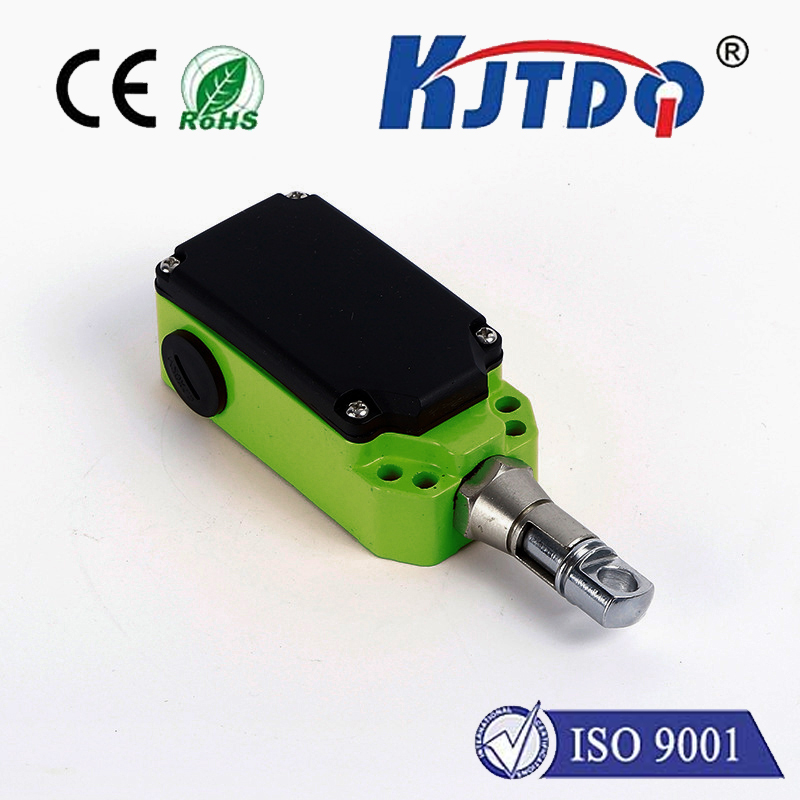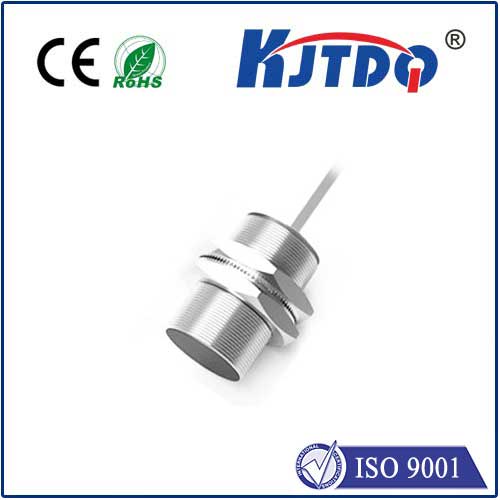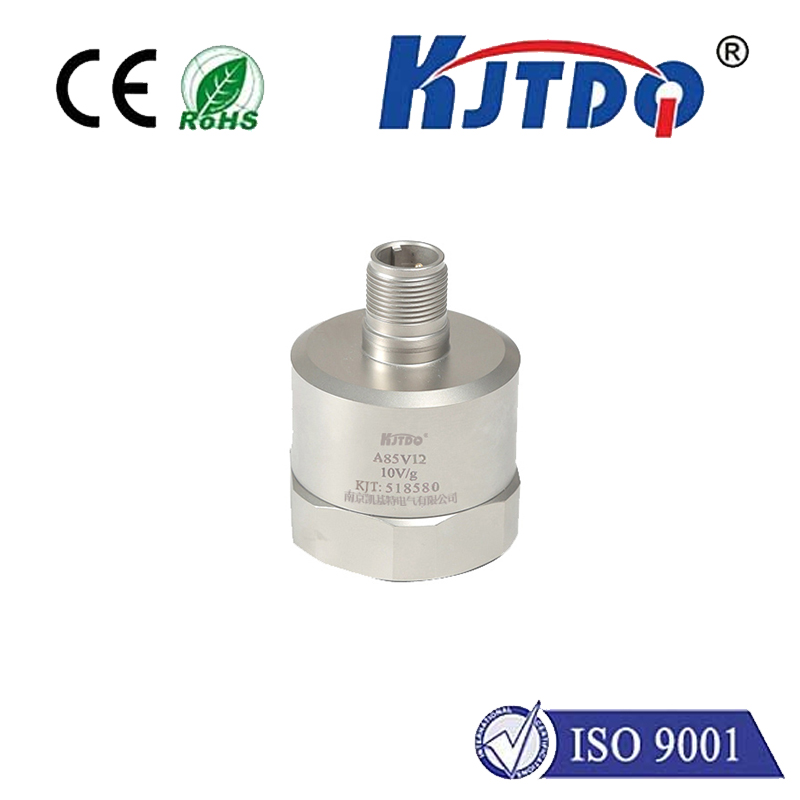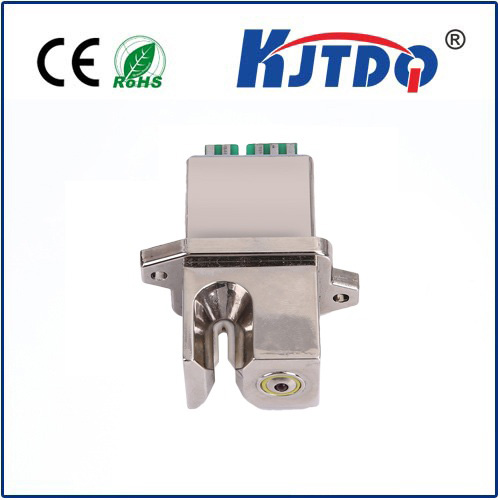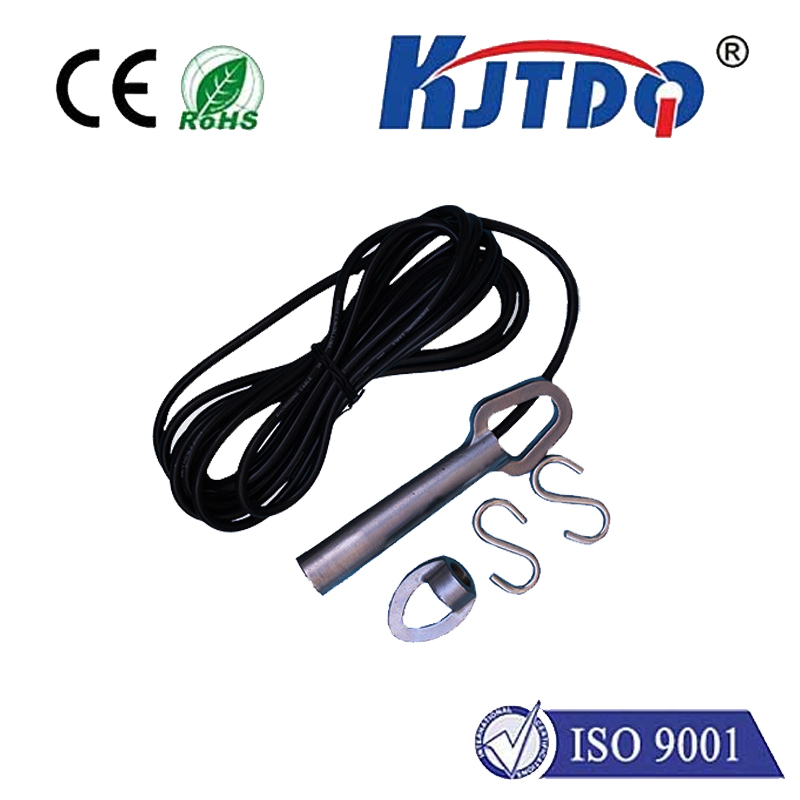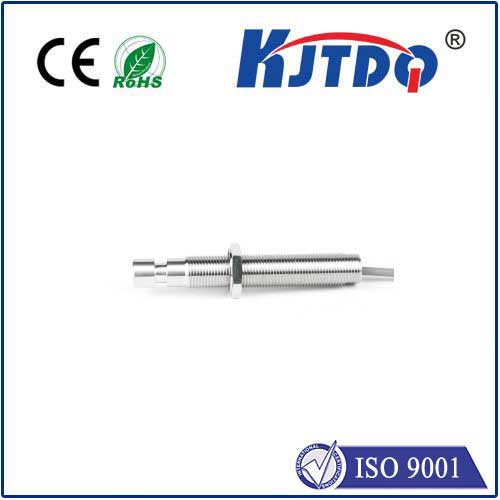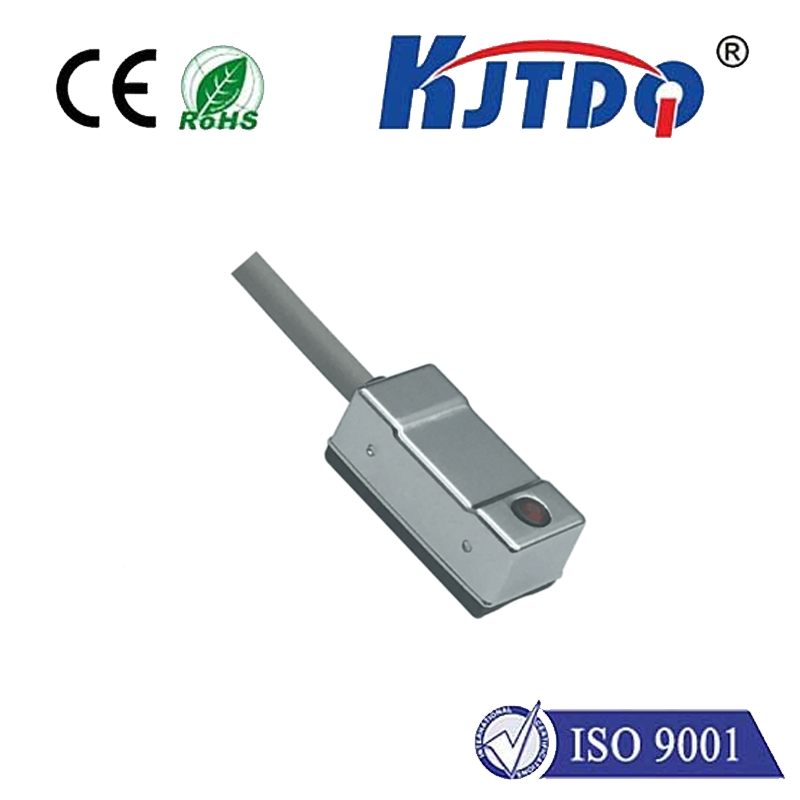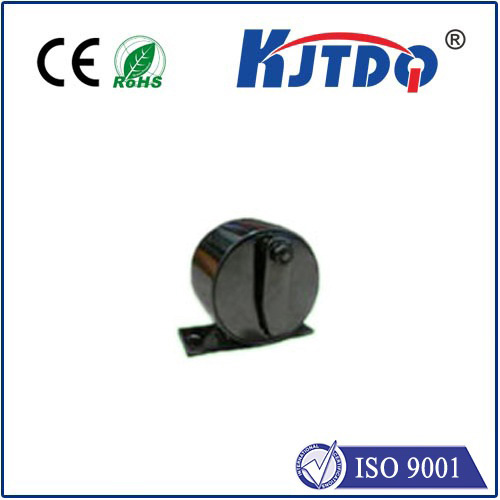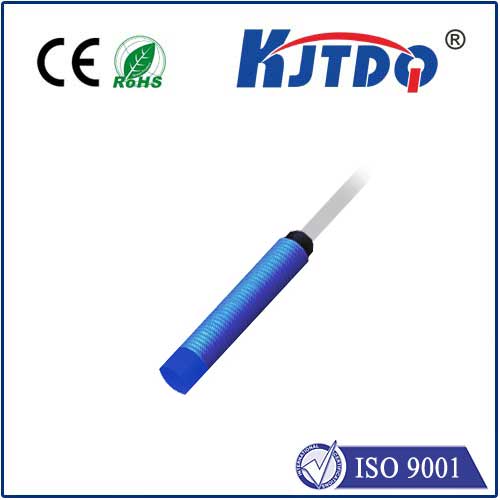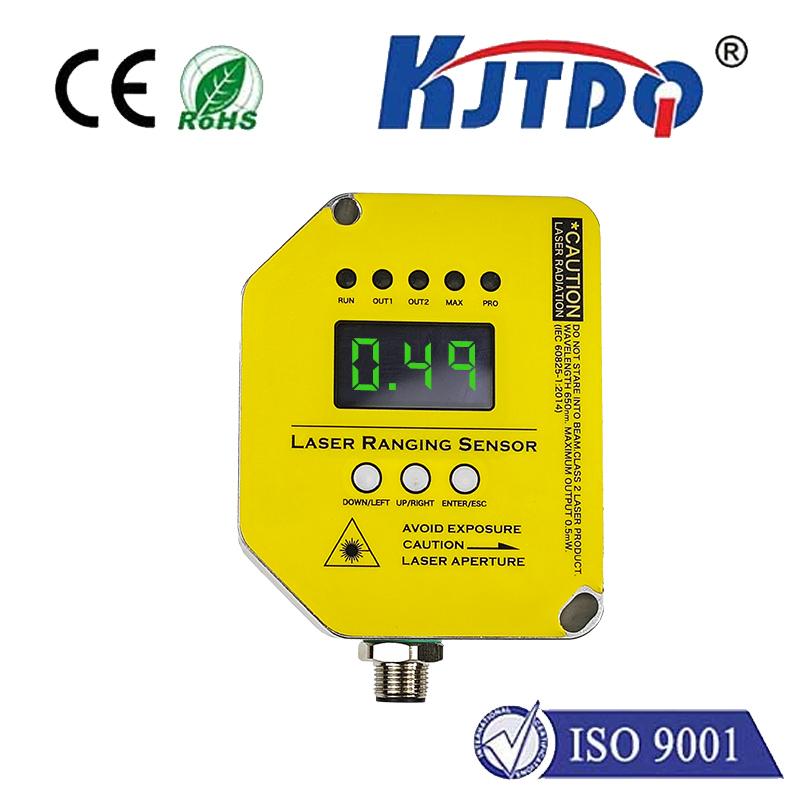
check

check

check

check
Title: Understanding Universal Limit Switches and Their Applications
Universal limit switches are a type of mechanical switch used in various industrial and electronic applications. These switches are designed to detect the position of a moving object, such as a lever or a slider, and provide an indication of its motion. In this article, we will explore the working principle of universal limit switches, their types, and their applications in different industries.
The Working Principle of Universal Limit Switches
Universal limit switches consist of a stem, a pivot point, and a spring. The stem connects to the moving object, while the pivot point is placed at a fixed position on either side of the stem. When the stem is pushed or pulled, it moves the pivot point along its track, causing it to touch either one of the stop plates. This contact with the stop plate signals an interrupt in the circuit that controls the movement of the machine or device associated with the limit switch.
Types of Universal Limit Switches
There are several types of universal limit switches available in the market, each with its unique features and advantages. Some of the commonly used types include:
1. Recessed Limit Switches: These switches have a recessed stem that fits into a hole in the moving object. When the stem is moved, it contacts one or both stop plates, depending on the direction of movement.
2. Pop-up Limit Switches: These switches have a spring that pops up when the stem is pressed against its stop plate. Once the spring has engaged, it remains in place until released, providing constant feedback on the position of the moving object.
3. Snubber Limit Switches: Similar to pop-uplimit switches, these devices use a spring to engage when the stem contacts its stop plate. However, unlike pop-up switches, snubbers can be adjusted for varying levels of force required to make contact.
Applications of Universal Limit Switches
Universal limit switches find diverse applications in various industries, including:
1. Automation: They are widely used in industrial automation systems where precise control over machine movements is essential. For example, they can be installed in robots, conveyor belts, and other machines to detect and respond to changes in their environment or input signals.
2. Electronics: Universal limit switches are also used in electronic circuits to sense the position of buttons or switches on digital devices like keyboards or game controllers. They help in determining whether a button has been released or pressed and enable accurate tracking of user input.
3. Construction Equipment: In construction equipment like cranes and excavators, universal limit switches are used to monitor the position of hydraulic cylinders and ensure proper function during operations. They also help prevent damage to equipment by alerting operators when a machine is about to reach a predetermined stopping point.
In conclusion, universal limit switches play a crucial role in ensuring accurate detection and control of motion in a wide range of industrial and electronic applications. By understanding their working principle, types, and applications, engineers and technicians can make informed decisions when selecting and designing these devices for their specific needs.
